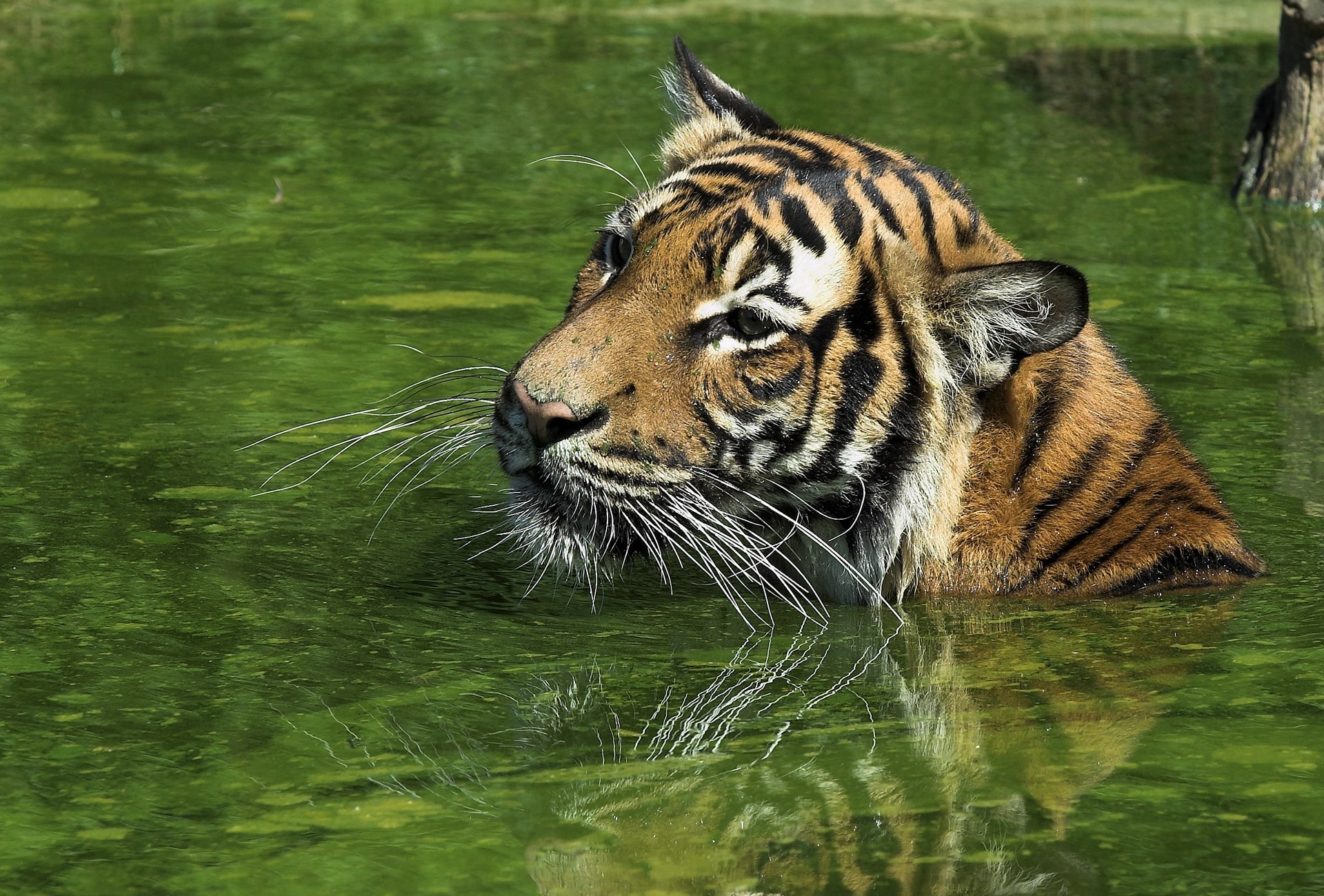
Expanding a Key Tiger Stronghold in Malaysia
Support More Work Like ThisSupport More Work Like ThisThis park and surrounding landscape are home to a globally significant tiger population in addition to other threatened species such as Sunda Pangolins, Asian Elephants, Asian Tapirs, Dholes and White-handed Gibbons.
-
Species at Risk
Malayan Tiger (CR), Sunda Pangolin (CR), Helmeted Hornbill (CR), Asian Elephant (EN), Asian Tapir (EN), Dhole (EN), White-handed Gibbon (EN), Straw-headed Bulbul (EN), Yellow-breasted Bunting (EN)
-
Carbon stored
41,182,517 mT*
*(metric tons of CO2 equivalents) -
Partner
Rimba
-
241,838 Proposed Acres Conserved by
Designation
-
Project Cost: $2,265,930
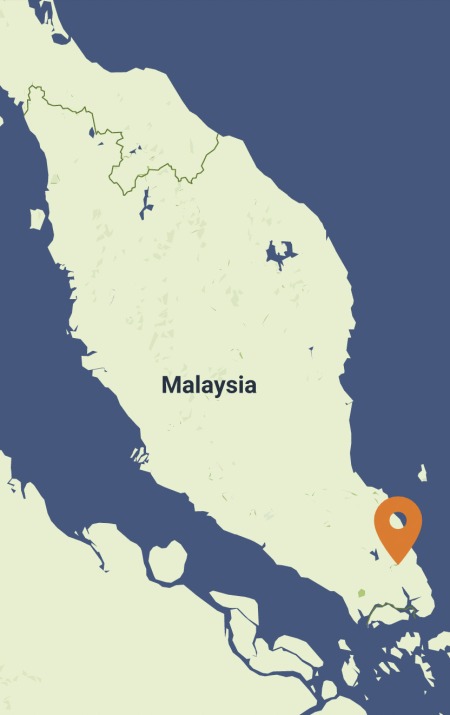
241,838
This park and surrounding landscape are home to a globally significant tiger population in addition to other threatened species such as Sunda Pangolins, Asian Elephants, Asian Tapirs, Dholes and White-handed Gibbons.
-
Species at Risk
Malayan Tiger (CR), Sunda Pangolin (CR), Helmeted Hornbill (CR), Asian Elephant (EN), Asian Tapir (EN), Dhole (EN), White-handed Gibbon (EN), Straw-headed Bulbul (EN), Yellow-breasted Bunting (EN)
-
Carbon stored
41,182,517 mT*
*(metric tons of CO2 equivalents) -
Partner
Rimba
-
241,838 Proposed Acres Conserved by
Designation
-
Project Cost: £1,703,706

241,838
Estimated at more than 130 million years old, the last major stand of lowland dipterocarp forest on the Malay Peninsula lies within and adjacent to Taman Negara National Park, making this one of the most important protected areas in Southeast Asia. This park and surrounding landscape are home to a globally significant tiger population in addition to other threatened species such as Sunda Pangolins, Asian Elephants, Asian Tapirs, Dholes and White-handed Gibbons.
A large tract of forest adjacent to the national park remains totally unprotected and at risk from logging and conversion to rubber plantations. This is one of the last few places on mainland Southeast Asia where forming new protected areas is possible, as the majority of forests are already converted to oil palm plantations or have been given protected status.
Rainforest Trust and local partner Rimba seek $2,265,930 to secure nearly 217,251 acres of unprotected forest connected to Taman Negara National Park, with an additional 31,676 acres upgraded to state park status. Our local partner suggests naming the new proposed protected area, encompassing 248,927 acres, Kenyir State Park. The site lies within a globally important Tiger Conservation Landscape and is a critical wildlife corridor in the Malaysian Central Forest Spine Master Plan for Ecological Linkages.
Explore Malaysia
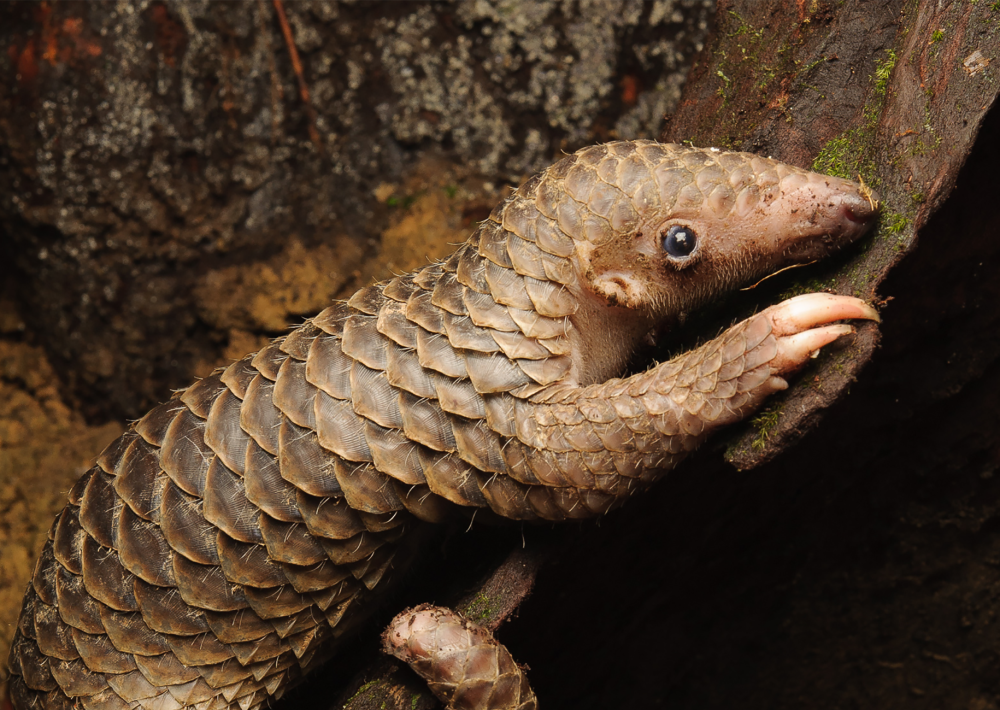

Helmeted Hornbill (CR)

Lar Gibbon (EN)
Biodiversity
The proposed protected area contains some of the highest species richness in Asia. This lowland and foothill dipterocarp forest is home to at least 43 mammal species, 18 of which are highly threatened.
Six of Malaysia’s eight wild cat species prowl these forests, including the Malayan Tiger, a Critically Endangered subspecies. These apex predators face tremendous pressure from poaching, fuelled by the illegal trade of their pelts and bones used in traditional medicine, and there are less than 250 mature individuals estimated to remain in peninsular Malaysia. Other mammals in this area include Critically Endangered Sunda Pangolins and Endangered species such as Asian Elephants, Asian Tapirs, Dholes and White-handed Gibbons. Incredibly, more than 290 bird species have been documented in this area, 66 of which are assessed on the IUCN Red List of Threatened Species. This includes nine hornbill species such as the Great and the Rhinoceros Hornbills, making this area one of the richest places in Southeast Asia for these magnificent birds. In addition, the region is home to two species of the world’s largest flower, the Rafflesia
Challenges
The main threats to the area are logging, poaching and conversion to rubber plantations.
The proposed protected area currently consists entirely of logging concessions, for which licenses may be issued at any time. It is urgent that this area be secured for conservation, as logging would degrade vital tiger habitat, expand access for poachers due to the creation of logging roads and increase sedimentation in the water catchment, potentially reducing the capacity of the dam on Lake Kenyir to mitigate floods.
Communities
There are no local communities living permanently in the proposed protected area, but there are semi-nomadic indigenous people (Batek and Semaq Beri sub-ethnic groups) that enter the area to hunt and harvest forest products.
Creating a state park will provide numerous ecosystem services that will benefit local communities, such as flood mitigation and climate regulation.
Solutions
Rainforest Trust and local partner Rimba seek $2,265,930 to secure nearly 217,251 acres of unprotected forest connected to Taman Negara National Park, with an additional 31,676 acres upgraded to state park status through the support of Terengganu State Government.
The project area lies within a globally important Tiger Conservation Landscape and is a critical wildlife corridor in the Malaysian Central Forest Spine Master Plan for Ecological Linkages. Our local partner suggest naming the proposed protected area, encompassing 248,927 acres, Kenyir State Park.
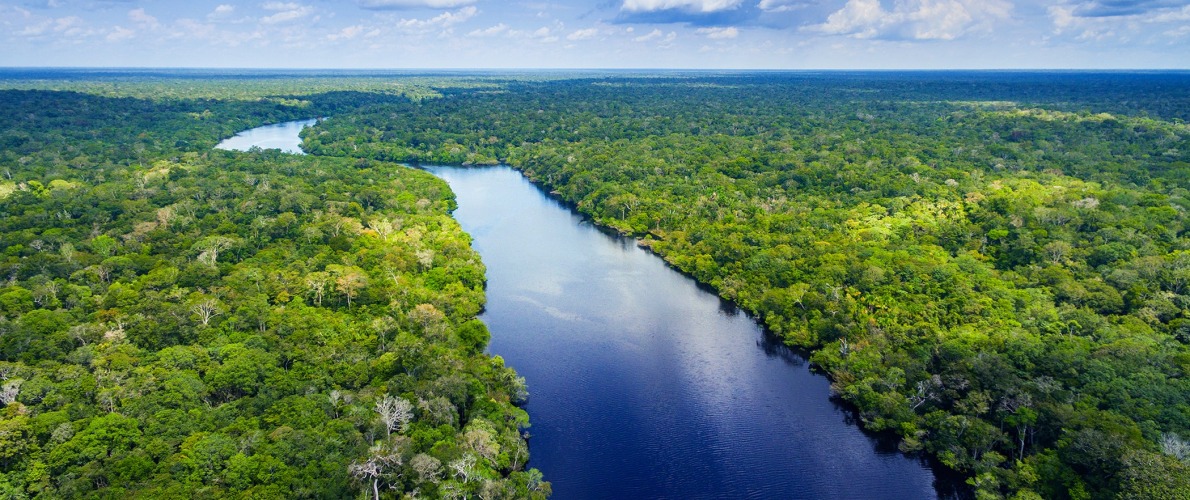
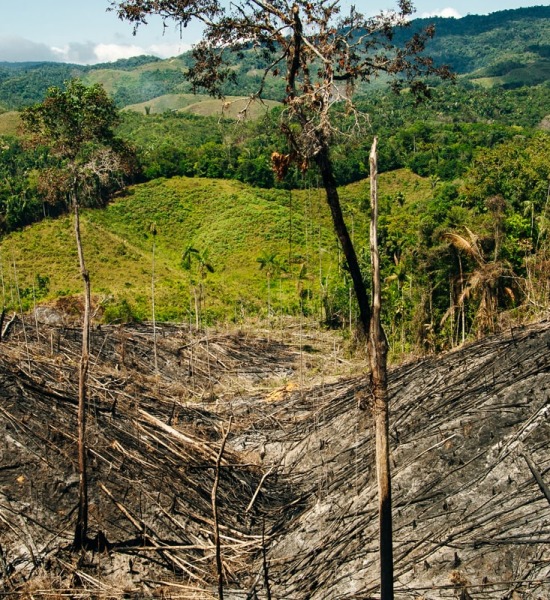
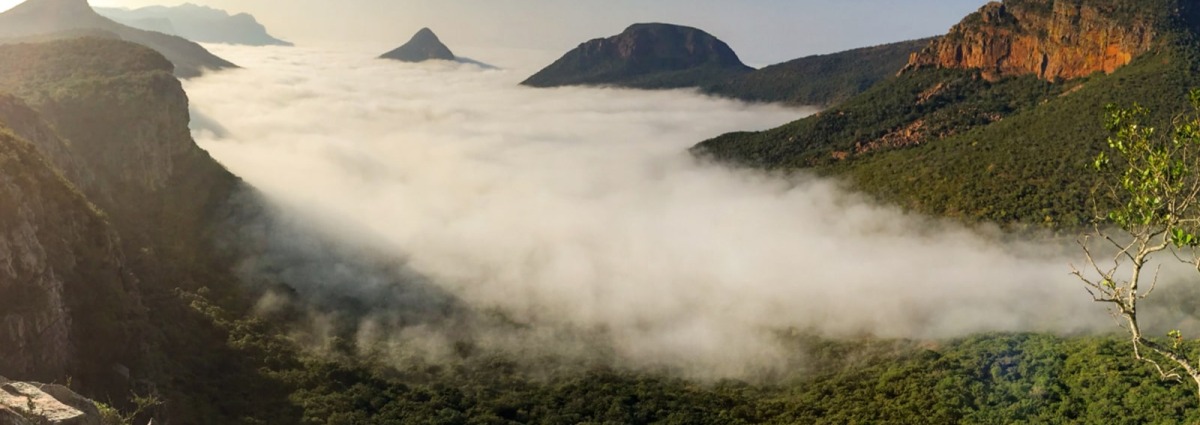
Partnering to Save the Rainforest
Our partners’ ability to work with their governments and build strong connections with local communities ensures the successful implementation of our projects.
Learn More About This PartnerLearn More About This Partner
